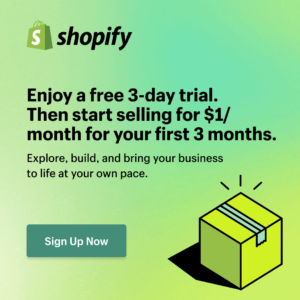Table of Contents Show
What is Paid Media?
Paid Media refers to a marketing strategy where businesses pay to promote their content or messages to a target audience through channels like social media ads, Google Ads, display advertising, or other platforms. It is a crucial component of an integrated marketing strategy, helping brands quickly reach potential customers.
Paid Media differs from Owned Media (owned channels like websites or blogs) and Earned Media (organic mentions from users or press). While it requires an investment, Paid Media delivers significant results in boosting brand awareness and driving sales.

The Process of Building a Paid Media Plan
- Define Campaign Objectives
- Increase brand awareness.
- Generate leads.
- Drive sales conversions.
- Understand the Target Audience
- Demographics: Age, gender, income, location.
- Online Behavior: Shopping habits, preferred platforms (Facebook, Instagram, YouTube, etc.).
- Choose the Right Channels
- Google Ads: Ideal for conversion-focused campaigns or capturing high-intent customers.
- Social Media Ads: Great for engagement and reaching audiences based on interests.
- Native Ads: Seamlessly integrated into large websites for a natural feel.
- Set Budget and KPIs
- Allocate clear budgets for each channel.
- Define KPIs like click-through rate (CTR), impressions, and cost per acquisition (CPA).
- Create Engaging Content
- Develop ads that are visually appealing, concise, and clear in messaging.
- Use diverse formats like images, videos, or carousel ads.
- Monitor and Optimize
- Leverage analytics tools (Google Analytics, Facebook Ads Manager) to measure performance.
- Optimize ads based on real-time data (A/B testing, budget adjustments, etc.).
Pros and Cons of Paid Media
Pros:
- Quick Reach: Enables businesses to reach their target audience quickly.
- High Measurability: Performance can be easily tracked and optimized.
- Flexibility: Campaigns can be adjusted based on budget and goals.
Cons:
- High Costs: Especially in competitive industries.
- Budget Dependency: Results drop immediately when spending stops.
- Requires Expertise: Effective Paid Media management demands in-depth knowledge of platforms.
How to Integrate with Owned Media
Combining with Owned Media can maximize marketing effectiveness:
- Drive Traffic from Paid Media to Owned Media
- Use ads to direct users to your website or blog.
- Optimize landing pages to improve conversion rates.
- Repurpose Owned Media Content for Paid Media
- Transform blog posts into Google Ads or sponsored posts.
- Leverage website content as the foundation for ad campaigns.
- Leverage Data to Improve Owned Media
- Use insights from ad campaigns to refine website content or SEO strategies.
- Retarget Owned Media Visitors via Paid Media
- Use retargeting through Facebook Pixel or Google Analytics to re-engage users who visit your website.
Case Study: Nike – A Success Story
Background Nike is a global brand known for its innovative and effective marketing strategies. Paid Media plays a pivotal role in building its brand image and driving sales.
Nike’s Paid Media Strategy
- Social Media Advertising: Nike runs ads on Instagram and YouTube to engage younger audiences, incorporating inspirational storytelling (#JustDoIt).
- Celebrity Collaborations: Campaigns often feature athletes like Cristiano Ronaldo or Serena Williams, enhancing credibility and appeal.
- Smart Retargeting: Nike uses data from Google Ads campaigns to retarget potential customers who showed interest in their products.
Results Achieved
- A 36% increase in online sales within three months.
- Over 50 million views from YouTube ad campaigns.
Conclusion
Paid Media is a powerful tool in any marketing strategy, especially when integrated with Owned and Earned Media channels. However, to succeed, businesses must build a clear plan, create compelling content, and continuously optimize based on real-world data.






